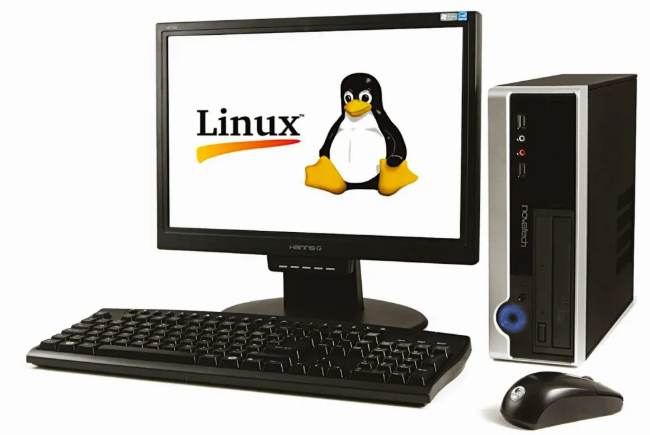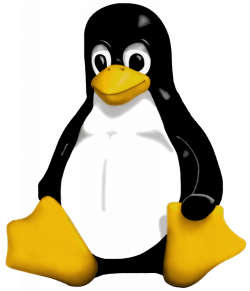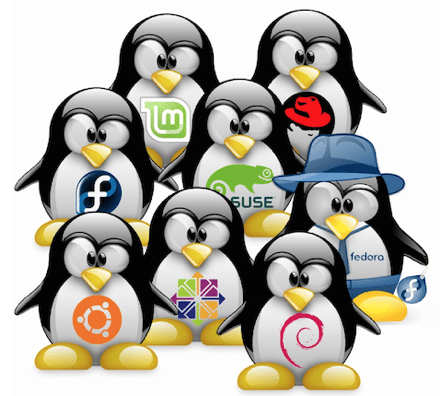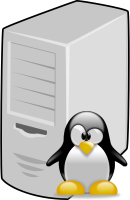Get Started with Red Hat Enterprise Linux
Dennis Kibbe
Mesa Community College
Module Outline
- Understanding Linux
- What is Linux?
- Why Learn Linux?
- What is a Linux Distribution?
- Running Linux at Home
- Module Summary
- Resources
- Graded Quiz
Learning Objectives
By the end of this module, you’ll be able to:
- Explain the business advantages of open‑source software.
- Describe different methods for running your own Linux distribution.
- Identify several well‑known Linux distributions.
- Understand how Fedora and Red Hat Enterprise Linux serve different needs.
Understanding Linux

Why Learn Linux?
Tux - The Linux Mascot

What is a Linux Distribution?

Running Linux at Home

Module Summary
Get Started with Red Hat Enterprise Linux
- Open Source software: free to use, study, modify, and share.
- Linux distribution: OS built on Linux kernel plus programs and libraries.
- Red Hat supports Open Source, sponsors community projects, and offers stable enterprise products.
- RHEL: Red Hat’s enterprise-ready, Open Source Linux distribution.
- Free Red Hat Developer Subscription gives access to RHEL and other tools for learning.
Resources
Graded Quiz
Get Started with Red Hat Enterprise Linux

